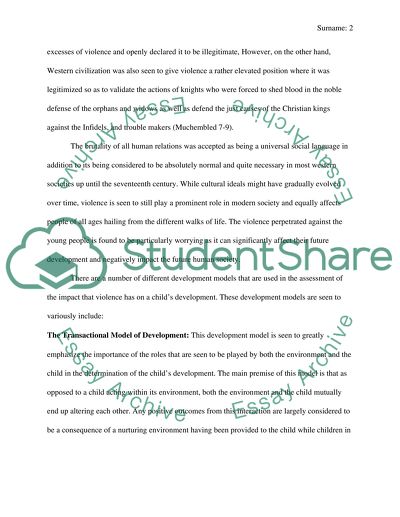Cite this document
(“Violence and Its Impact Upon Adolescents Research Paper - 1”, n.d.)
Retrieved from https://studentshare.org/english/1624731-violence-and-its-impact-upon-adolescents
Retrieved from https://studentshare.org/english/1624731-violence-and-its-impact-upon-adolescents
(Violence and Its Impact Upon Adolescents Research Paper - 1)
https://studentshare.org/english/1624731-violence-and-its-impact-upon-adolescents.
https://studentshare.org/english/1624731-violence-and-its-impact-upon-adolescents.
“Violence and Its Impact Upon Adolescents Research Paper - 1”, n.d. https://studentshare.org/english/1624731-violence-and-its-impact-upon-adolescents.


